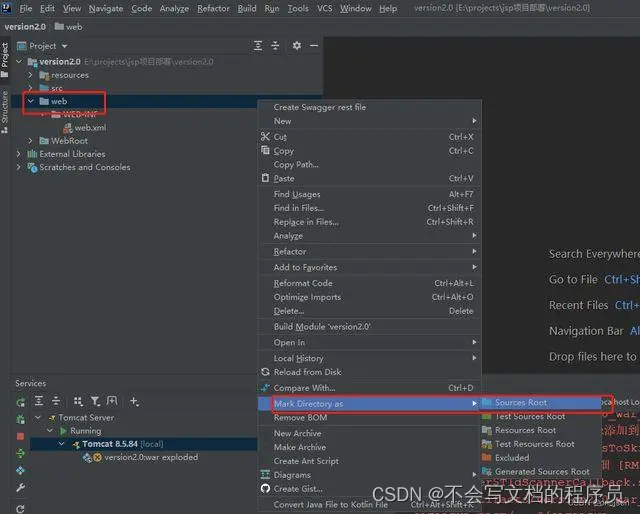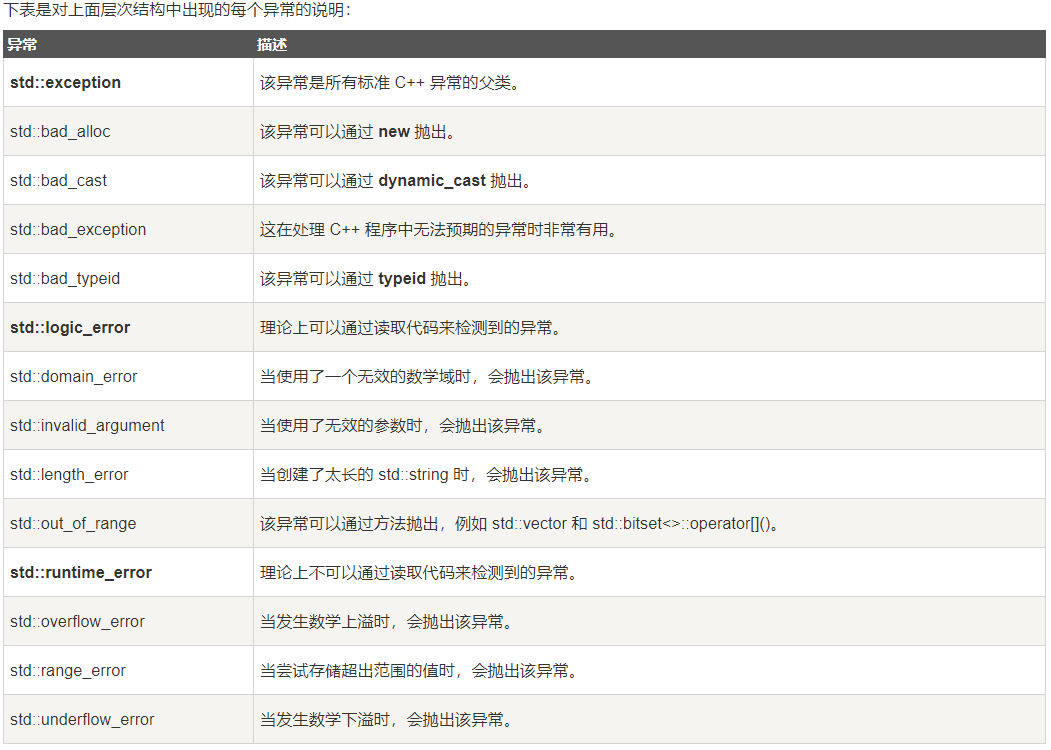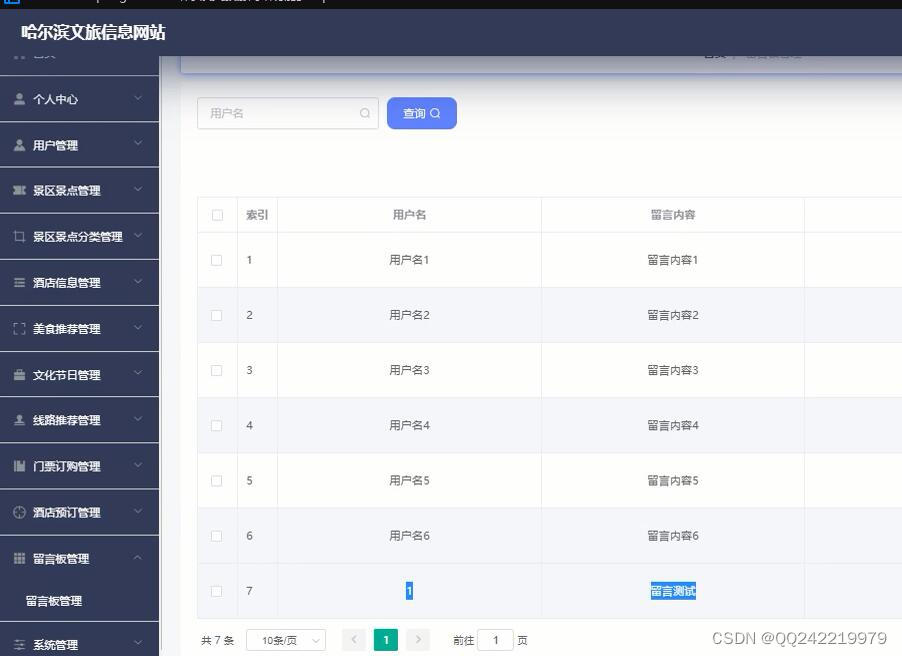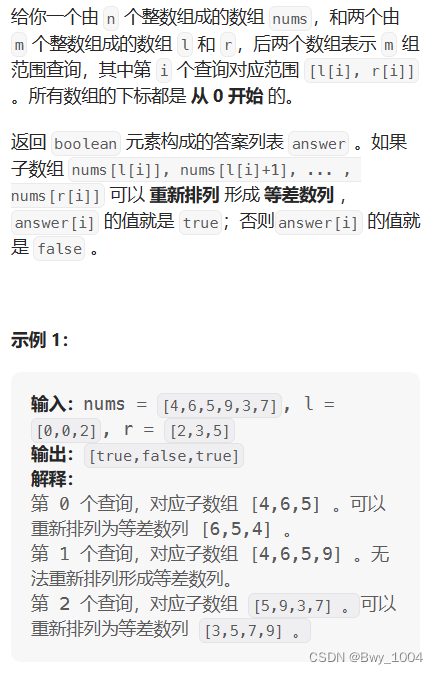一、继承的概念及定义
1.1 继承的概念
继承(inheritance)机制是面向对象程序设计使代码可以复用的最重要的手段,它允许程序员在保持原有类特性的基础上进行扩展,增加功能,这样产生新的类,称该类为派生类。继承呈现了面向对象程序设计的层次结构,体现了由简单到复杂的认识过程。
class Person
{
public:
void Print()
{
cout << "name:" << _name << endl;
cout << "age:" << _age << endl;
}
protected:
string _name = "peter";//姓名
int _age = 18;
};
class Student :public Person
{
protected:
int _stuid;//学号
};
class Teacher :public Person
{
protected:
int _jobid;//工号
};
int main()
{
Student s;
Teacher t;
s.Print();
t.Print();
return 0;
}
上述代码中,继承后父类的Person的成员(成员函数+成员变量)都会变成子类的一部分。Student和Teacher复用了Person的成员。下图的VS监视窗口可以看出,派生类Student和Teacher复用了Person类的成员。

1.2 继承定义
1.2.1 定义格式
在图2中,Person是父类(或基类);Student是子类(或派生类)。

1.2.2 继承关系和访问限定符
继承关系及访问限定符的关系详见图3所示。

1.2.3 继承基类成员访问方式的变化
| 成员类/继承方式 | public继承 | protected继承 | private继承 |
|---|---|---|---|
| 基类的public成员 | 派生类的public成员 | 派生类的protected成员 | 派生类的private成员 |
| 基类的protected成员 | 派生类的protected成员 | 派生类的protected成员 | 派生类的private成员 |
| 基类的private成员 | 在派生类中不可见 | 在派生类中不可见 | 在派生类中不可见 |
派生类Student访问基类Person的private成员,基类私有在子类是不可见(即不能用)。
class Person
{
public:
void Print()
{
cout << "name:" << _name << endl;
cout << "age:" << _age << endl;
}
private:
string _name = "peter";//姓名
int _age = 18;
};
class Student :public Person
{
public:
void func()
{
cout << _name << endl;
cout << "void func()" << endl;
}
protected:
int _stuid;//学号
};
小结:
- 基类private成员在派生类中无论以什么方式继承都是不可见的。这里的不可见是指基类的私有成员还是被继承到了派生类对象中,但是语法上限制派生类对象不管在类里面还是类外面都不能去访问它;
- 基类private成员在派生类中是不能被访问的,如果基类成员不想在类外直接被访问,但需要在派生类中能访问,就定义为protected。可以看出保护成员限定符是因继承才出现的;
- 使用关键字class时默认的继承方式是private,使用struct时默认的继承方式是public,不过最好显示的写出继承方式;
- 在实际运用中,一般使用的都是public继承,几乎很少使用protected/private继承,也不提倡使用protected/private继承,因为protected/private继承下来的成员都只能在派生类的类里使用,实际工程中扩展维护性不强。
二、基类和派生类对象赋值转换
- 派生类对象 可以赋值给 基类的对象/基类的指针/基类的引用。这里有个形象的说法叫切片或切割。寓意把派生类中父类那部分切来赋值过去。
- 基类对象不能赋值给派生类对象。
- 基类的指针或引用可以通过强制类型转换赋值给派生类的指针或者引用。但是,必须是基类的指针的是指向派生类对象时才是安全的。这里基类如果是多态类型,可以使用RTTI(Run Time Type Information)的dynamic_cast来进行识别后进行安全转换。

class Person
{
protected:
string _name;
string _sex;
int _age;
};
class Student :public Person
{
public:
int _No;
};
void test_inheritance06()
{
Student s;
Person p = s;
Person& rp = s;
Person* ptrp = &s;
}
总结:
-
基类对象不能赋值给派生类对象;
-
基类的指针可以通过强制类型转换赋值给派生类的指针。
三、继承中的作用域
- 在继承体系中基类和派生类都有独立的作用域;
- 子类和父类中有同名成员,子类成员将屏蔽父类对同名成员的直接访问,这种情况叫隐藏,也叫重定义。(在子类成员函数中,可以使用 基类::基类成员 显示访问);
- 需要注意的是,如果是成员函数的隐藏,只需要函数名相同就构成隐藏;
- 注意实际中在继承体系里面最好不要定义同名的成员。
class Person
{
protected:
string _name = "Joe Biden";
int _num = 250;
};
class Student :public Person
{
public:
void print()
{
cout << "姓名:" << _name << endl;
cout << "身份证:" << Person::_num << endl;
cout << "学号:" << _num << endl;
}
protected:
int _num = 110;
};
void test_inheritance()
{
Student s1;
s1.print();
}
执行结果:

class A
{
public:
void fun()
{
cout << "func()" << endl;
}
};
class B :public A
{
public:
void fun(int i)
{
A::fun();
cout << "func(int i)->" << i << endl;
}
};
void test_inheritance()
{
B bb;
bb.fun(10);
}
B中的成员函数fun和A中的fun不是构成重载,因为不在同一作用域;B中的fun和A中的fun构成函数隐藏,成员函数满足函数名相同就构成隐藏。
四、派生类的默认成员函数
- 派生类的构造函数必须调用基类的构造函数初始化基类的那一部分成员。如果基类没有默认的构造函数,则必须在派生类构造函数的初始化列表阶段显示调用;
- 派生类的拷贝构造函数必须调用基类的拷贝构造完成基类的拷贝初始化;
- 派生类的operator=必须要调用基类的operator=完成基类的复制;
- 派生类的析构函数会在被调用完成后自动调用基类的析构函数清理基类成员。因为这样才能保证派生类对象先清理派生类成员再清理基类成员的顺序;
- 派生类对象初始化先调用基类构造再调派生类构造;
- 派生类对象析构清理先调用派生类析构再调基类的析构;


class Person
{
public:
//构造函数
Person(const char* name = "Joes Biden")
:_name(name)
{
cout << "Person()" << endl;
}
//拷贝构造函数
Person(const Person& p)
:_name(p._name)
{
cout << "Person(const Person& p)" << endl;
}
Person& operator=(const Person& p)
{
if (this != &p)
{
_name = p._name;
}
cout << "Person& operator=(const Person& p)" << endl;
return *this;
}
~Person()
{
cout << "~Person()" << endl;
}
protected:
string _name;//姓名
};
class Student :public Person
{
public:
Student(const char* name, int num)
:_stuNum(num)
{
cout << "Student()" << endl;
}
Student(const Student& s)
:Person(s)
, _stuNum(s._stuNum)
{
cout << "Student(const Student& s)" << endl;
}
Student& operator=(const Student& s)
{
if (this != &s)
{
Person::operator=(s);
_stuNum = s._stuNum;
}
cout << "Student& operator=(const Student& s)" << endl;
return *this;
}
~Student()
{
cout << "~Student()" << endl;
}
protected:
int _stuNum;//学号
};
void test_inheritance()
{
Student s1("张三疯", 88);
Student s2(s1);
Student s3("joes", 27);
s1 = s3;
}
执行结果:

五、继承与友元
友元关系不能继承,也就是说基类友元不能访问子类私有和保护成员。
class Student;
class Person
{
public:
friend void display(const Person& p, const Student& s);
protected:
string _name = "joes";//姓名
};
class Student :public Person
{
protected:
int _stuNum = 250;//学号
};
void display(const Person& p, const Student& s)
{
cout << p._name << endl;
cout << s._stuNum << endl;
}
void test_inheritance04()
{
Person p;
Student s;
display(p, s);
}
执行结果:

六、继承与静态成员
基类定义了static静态成员,则整个继承体系里面只有一个这样的成员。无论派生出多少个子类,都只有一个static成员实例。
class Person
{
public:
Person()
{
++_count;
}
protected:
string _name;//姓名
public:
static int _count;//统计人的个数
};
int Person::_count = 0;
class Student :public Person
{
protected:
int _stuNum;//学号
};
class Graduate :public Student
{
protected:
string _seminarCourse;//研究科目
};
void test_inheritance()
{
Student s1;
Student s2;
Student s3;
Graduate s4;
cout << "人数:" << Person::_count << endl;
Student::_count = 0;
cout << "人数:" << Person::_count << endl;
}
执行结果:


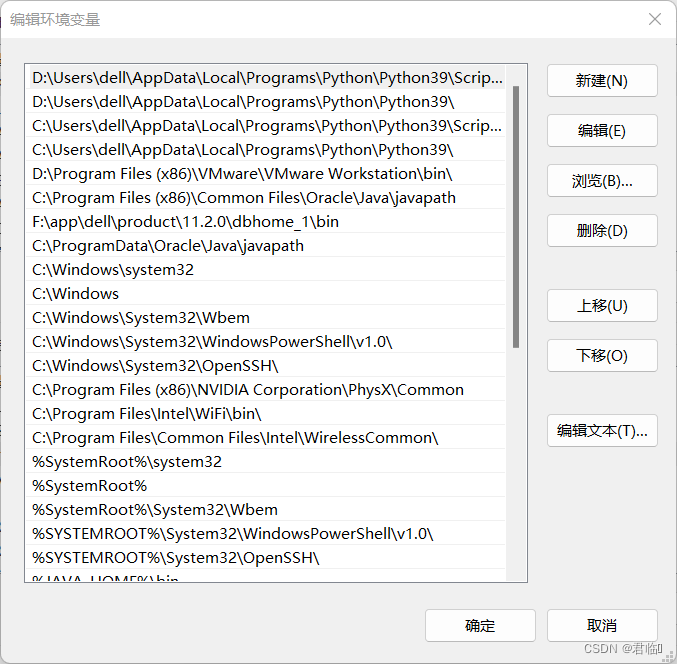

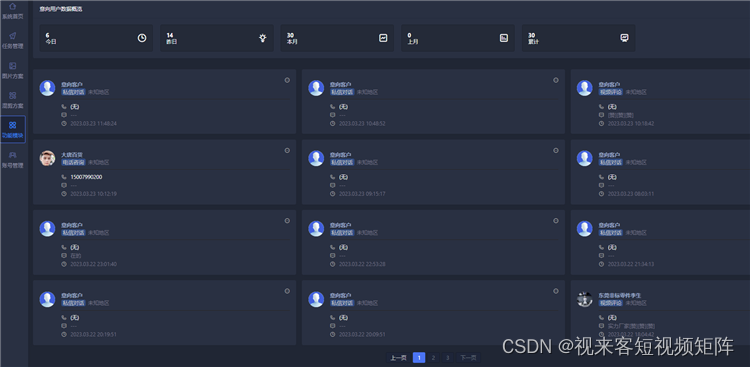



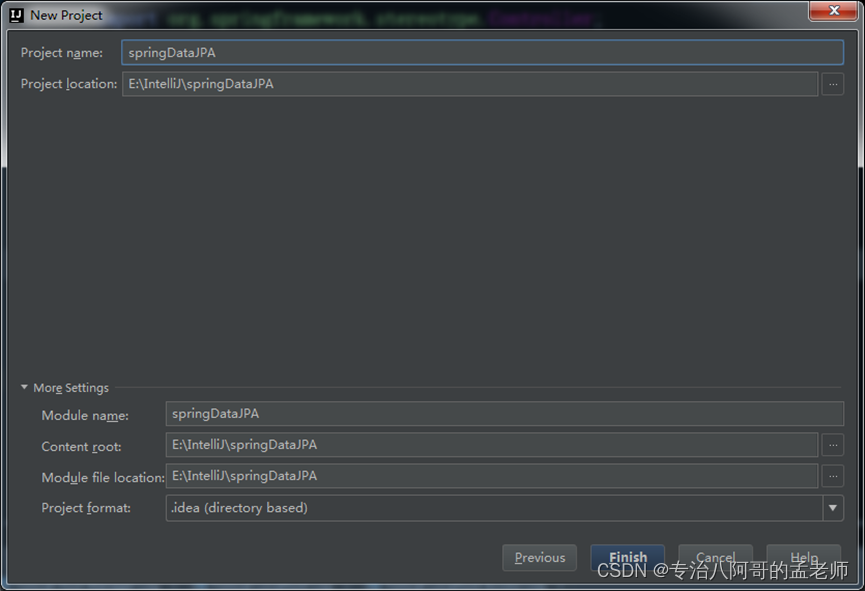
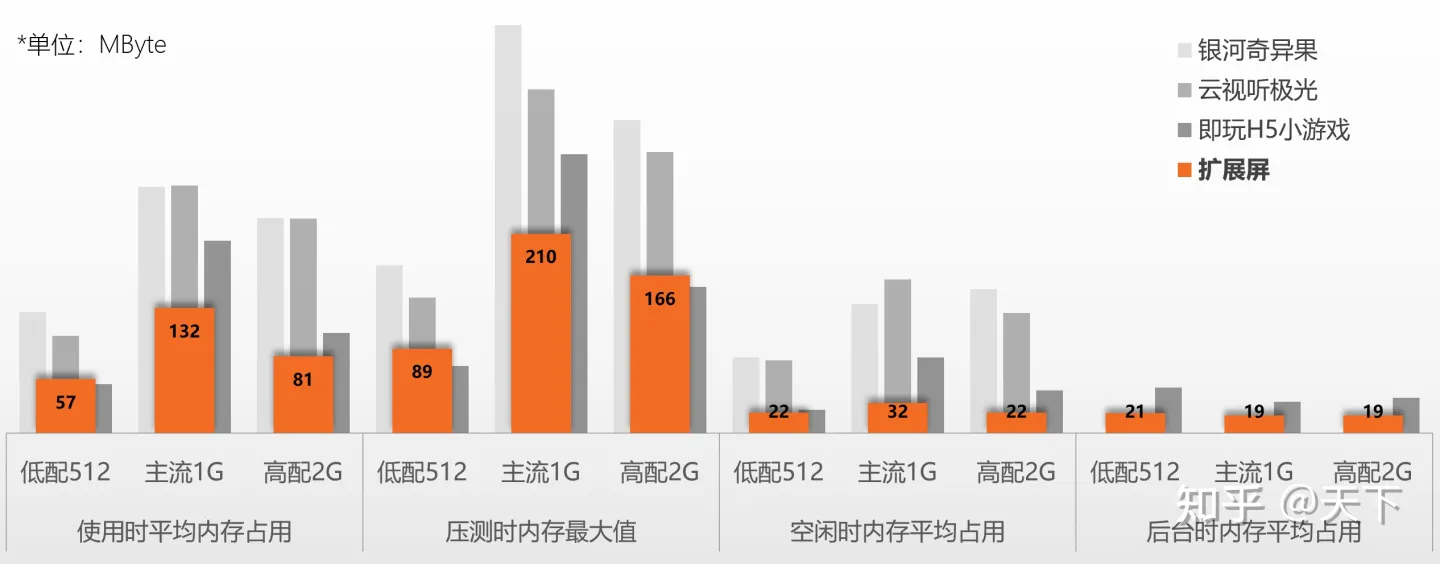

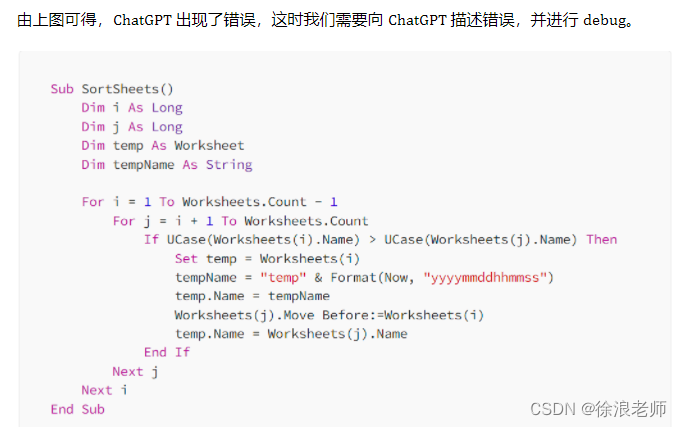


![面试官灵魂拷问[二]:SQL 语句中 where 条件后写上 1=1 是什么意思?](https://img-blog.csdnimg.cn/688f621c2d8c4a548e7c7ab83d79efb9.png)


